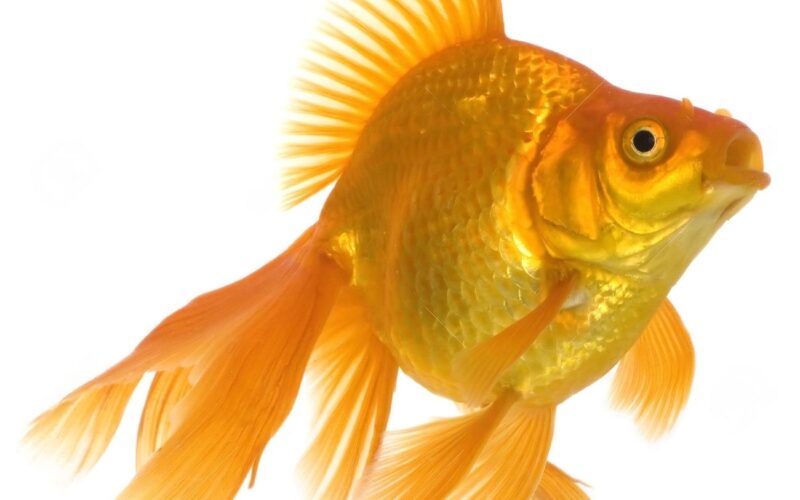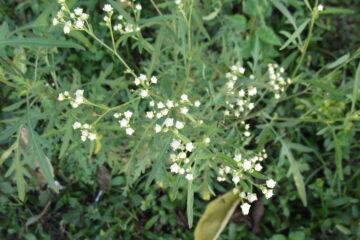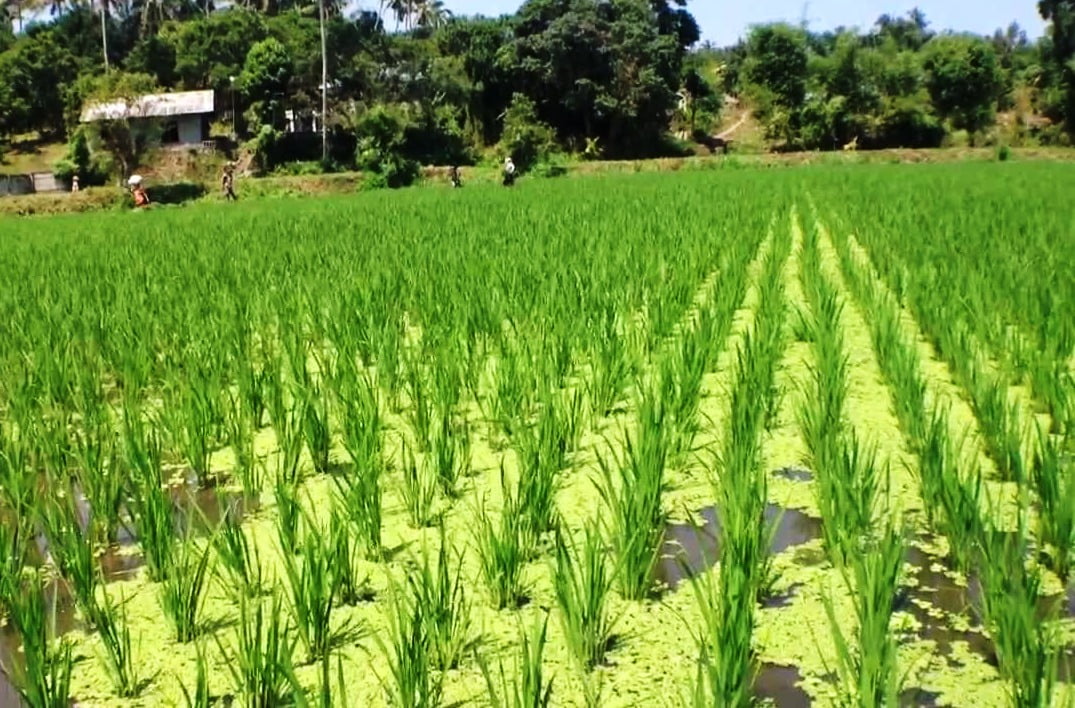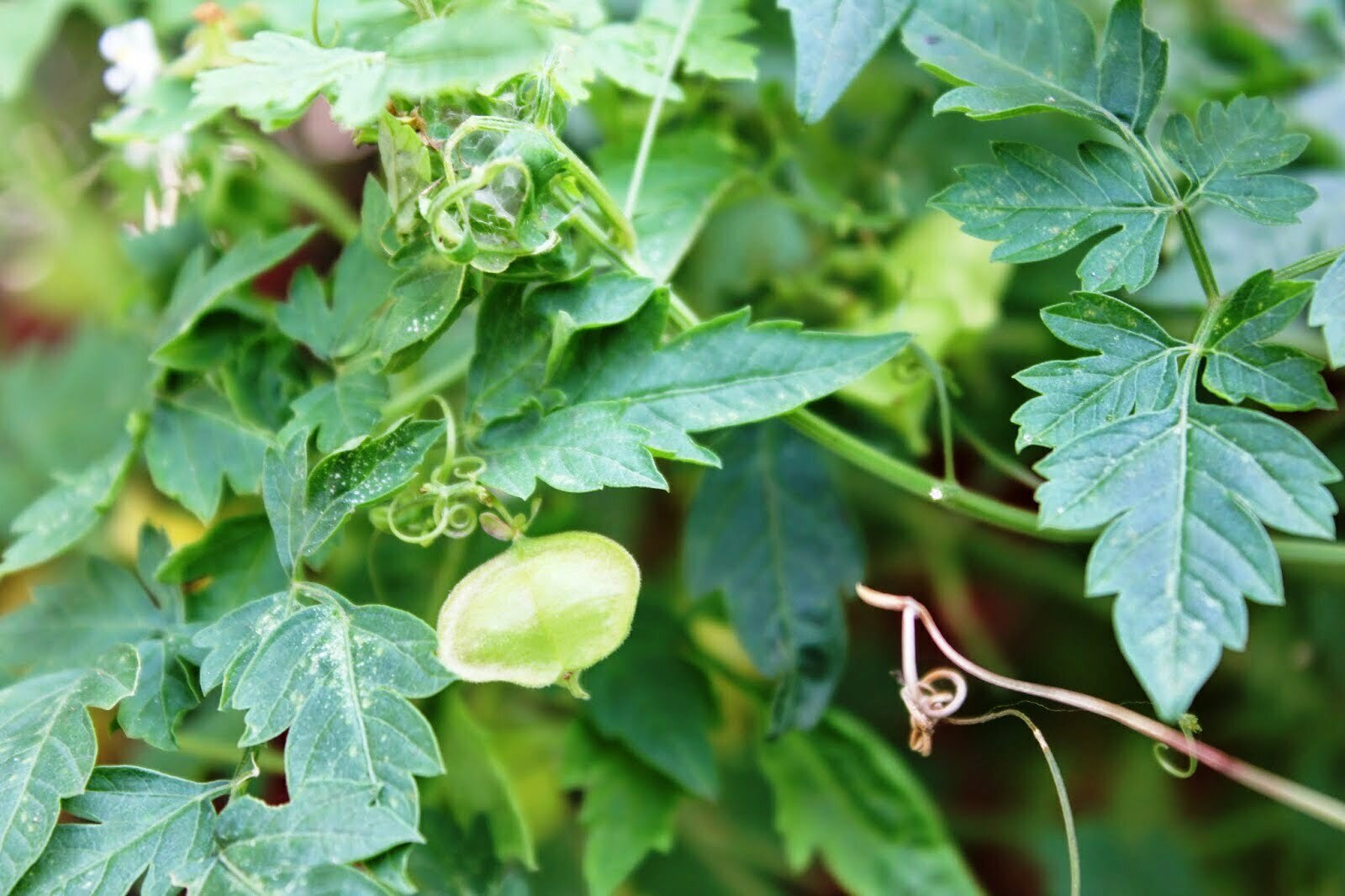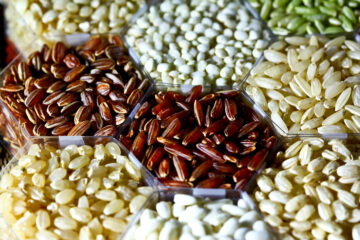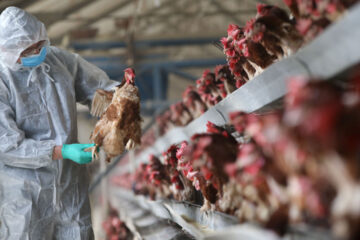The goldfish (Carassius auratus) is the first ornamental fish to be bred in captivity. Goldfish farming began in China long before Christ, but it was introduced to Japan in 1603 and Portugal in 1611. After becoming popular in Europe, goldfish farming has spread worldwide and remains a favorite among ornamental fish breeders.
For centuries, selective breeding in Japan improved the color, body shape, and variety of goldfish. Today, nearly 20 distinct breeds of goldfish have been developed through sophisticated breeding methods in China, Europe, and elsewhere. Producing goldfish fry has become a popular pastime for ornamental fish breeders.
Goldfish Breeding
Goldfish breeding requires specialized tanks for both breeding and rearing fry. You need at least a 100-liter breeding tank and a 50-liter fry-rearing tank. Clean water, an air pump, and a good filtration system are essential to maintain water quality. The breeding tank should be equipped with plants or artificial fibers to collect the eggs and protect them from the parent fish, who may eat them. This also helps transfer the fertilized eggs easily to the fry-rearing tank.
Breeding Pairs
The value of goldfish is determined by their color, scale structure, body shape, and breed. It’s ideal to buy young, colorful fish for breeding, as mature fish can be expensive. The ideal ratio for breeding is two males to one female, and it is suggested to raise 20% more fish than needed to account for any losses.
Identifying Gender
Male goldfish develop white spots on their gill covers and pectoral fins during the breeding season. Males are slimmer compared to females, who appear bulkier due to the eggs in their bodies. Additionally, the male’s vent is slightly indented, while the female’s is more protruded.
Breeding Tank Setup
In the breeding tank, place a filtration system and plants or artificial egg collectors. Introduce the female fish first, allowing her time to adjust, followed by the males. Provide them with nutritious food suited for spawning. The water in the fry-rearing tank should be filled up to 6-8 inches with water from the breeding tank.
Spawning Process
Once the male starts chasing the female around the tank, spawning begins. The male will nudge the female’s belly, causing her to release eggs, which the male fertilizes. The adhesive eggs will stick to the plants or egg collectors. After spawning, it’s essential to remove the parent fish from the tank or transfer the egg collectors to a separate fry-rearing tank to prevent the eggs from being eaten.
Fry Care
The fertilized eggs will hatch within 4-7 days, depending on the water temperature. The fry will initially feed on their yolk sacs for the first two days, after which they will need finely ground food, such as egg yolk or liquid food mixes.
Water Temperature and Feeding
Goldfish spawn when there is a change in water temperature, simulating the transition from cooler to warmer months, typically around 20-23°C. Consistent temperature increases in the breeding tank encourage natural spawning.
Dr. S. Anand, Erode Bhavanisagar Inland Fish Breeding Center, Erode; S. Sudarshan, Central Fisheries Education Institute, Mumbai; S. Bharathi, Member, Thaanam Foundation, Madurai.

